We work with a number of clients in the charity sector, advising and supporting their organisation design process. A key part of this process is during the strategy setting process – deciding what sort of charity they want to be – this influences how they should frame their operating model, which in turn drives the shift to new ways of working to best deliver the strategy.
An increasing aspect of our work in this area is on the partnerships that charities have. This is a fundamental lever to increase effectiveness and reach of their operating model, because partnerships bring in revenue, affect fundraising, impact on the brand and are an opportunity to expand reach and impact.
Often, there isn’t as much focus on partnerships as on other areas of the charity when looking at Org Design. And yet, by challenging thinking in this area, understanding how to leverage partnerships to expand reach, and seeing how strategic partnerships can deliver more than just monetary value, charities can transform the way they operate.
What makes a good charity partnership?
Back in 2015, Simon Phillips, now Chief Operating Officer at Macmillan Cancer Support, wrote an article on the importance of partnerships. He talked about the many facets of a good charity partnership – how it has to work for both the charity and the partner – and how it’s possible to build productive partnerships. His six steps to successful partnerships were:
- Having a clear goal, and be able to measure progress against it
- Build a balanced partnership that’s based on a shared ambition
- Think differently about what partnerships look like, especially in a crowded charity environment
- Build relationships with decision makers and people at key levels of both organisations
- Invest in your charity and fundraising support team – they are the front line of your partnership
- Make sure your partners share your brand values
This was good advice nearly 10 years ago, and it remains so today. In our experience, successful charities are those who see the value of getting out of their comfort zone and looking for partnerships that meet their strategic objectives whilst also reflecting the needs and concerns of their users.
A great example of this is a large children’s charity, which was looking for new ways to increase its reach and support to digitally native beneficiaries. It partnered with a ‘tech for good‘ start-up to create a win-win partnership – trading their knowledge and data on achieving impact with hard-to-reach young people and the technical capabilities of the tech companies. This gives the charity the ability to use technology to reach out to more young people in an innovative way, while giving new businesses a charitable purpose backed by a well-known charity brand.
Could you look at things differently?
We believe it’s important to think as widely as possible about your partnership and supply chain approach. First, you need to be clear about the difference between the two:
- Partnerships – where two organisations with a complementary focus work together.
- Supply chain – where you work with a wide range of organisations to meet your operational targets.
Most charities will have both partnerships and a supply chain as part of their operating model. But if you just see these elements as support for your income and delivery, your thinking may be too narrow.
While income is important, of course, your charity also needs to have the most impact. And to do that, it needs profile that helps it reach the right audiences. It may seem like a risk, but bringing the right organisations into your supply chain can actually help you expand your reach, improve your services and raise your profile.
Beyond the traditional partnership
While there are certainly more ways to manage the traditional partnership approach, it’s worth exploring other avenues for growing the charity, or providing it with additional income streams. To begin with, take a step back and look at your current partnerships and supply chain contracts. Are there better ways to manage those relationships? Could you be more efficient and more effective just by changing your approach or corporate structure?
What are the best ways for your charity to expand its reach and increase its impact? There could be ways to review your supply chain that bring new opportunities and put you in front of new audiences; or perhaps you could join another organisation’s supply chain, giving you access to an already-engaged group of people who are aligned with your cause.
Merging with another charity could also reduce your costs and improve your operational efficiency whilst also expanding your reach to other communities and providing a more comprehensive service to your users. Perhaps acquiring a small business could provide you with a related income stream that goes beyond the traditional shop or seasonal fundraising?
How can we help?
All of this comes back to your operating model in the end. Does your governance and current structure support this kind of move? How would you integrate merged organisations, and what would that mean for your current organisation design and operating model?
By considering more innovative models, partnerships and ways of working, you can make sure you are bringing in partners who can help your charity not just to survive, but to thrive in a competitive environment. We have extensive experience working with charities to help them with organisation design that makes them both more efficient and increases impact – so why not talk to us about how we can help you think differently?
(Image by jcomp on Freepik)

